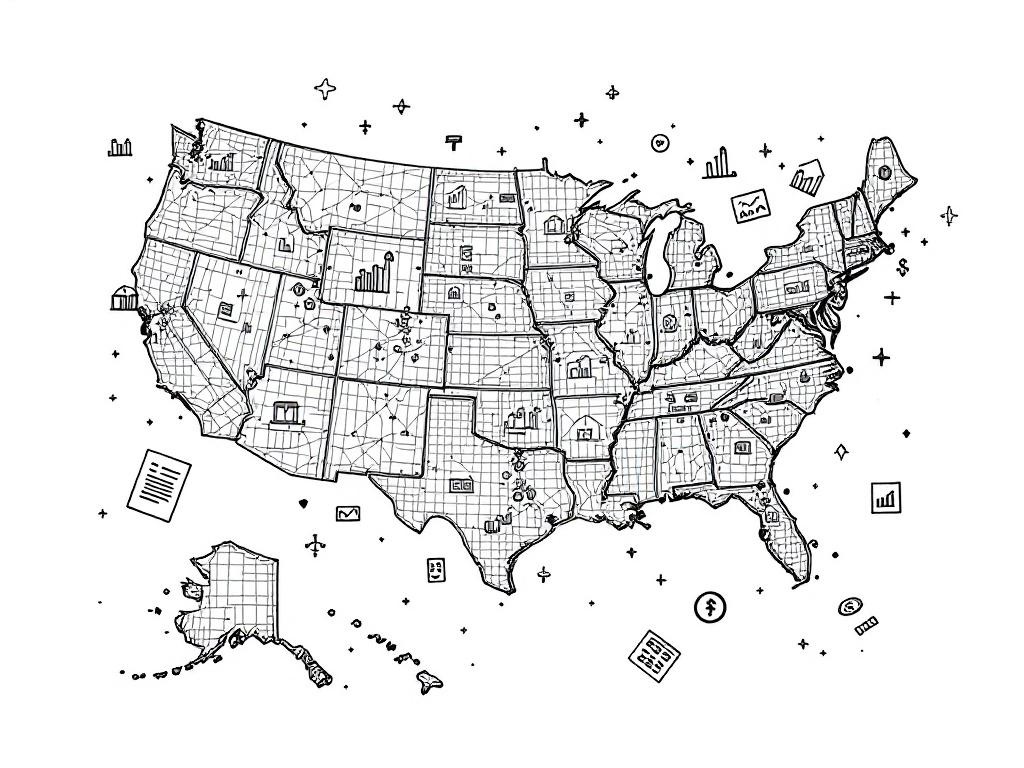U.S. Job Growth Hits 15-Year Low in Early 2025

Washington, D.C., Thursday, 3 July 2025.
The U.S. saw the slowest job growth since 2010, with only 782,000 new positions in the first half of 2025. Questions loom over the economic recovery’s sustainability.
Analysing the Unexpected Slowdown
The recent revelation of only 782,000 jobs added in the first half of 2025 marks a significant decline in job growth, hitting the lowest point since 2010. Notably, the U.S. Bureau of Labor Statistics reported a slight exceedance of June expectations, with nonfarm payrolls rising by 147,000 compared to the 110,000 jobs projected [1][2]. Despite surpassing predictions, the data reflects a concerning decline from the first half of 2024, where 985,000 jobs were added [1].
Inside the Numbers
The contrast with previous years is stark. In the first half of 2023, the economy added 1.53 million jobs, showcasing a robust contrast to the figures recorded for this half-year period [1]. The sectors of state and local government education and healthcare witnessed notable job additions of 63,500 and 58,600 positions, respectively. However, long-term unemployment figures approached pandemic-era highs, increasing by 190,000 to total 1.6 million individuals [2]. This paints a picture of a selective job growth, where some sectors thrive while others falter.
Sectoral Shifts and Economic Indicators
Despite a seemingly positive report on the surface, the ADP National Employment Report highlights underlying challenges, notably in professional and business services, which lost 56,000 jobs in June alone [3]. Moreover, the challenges are further exemplified by a loss of 33,000 nonfarm private jobs, contrasting sharply with previous gains, and marking the first reduction since March 2023 [3]. These figures indicate particular vulnerabilities within service-providing sectors, contrasting with a slight increase in goods-producing jobs.
Implications for Policy Makers
The slowdown in job growth raises substantial concerns for economic policymakers, who must address potential repercussions on consumer spending and broader economic stability [7]. The situation is compounded by ongoing market uncertainties and speculation regarding interest rate adjustments by the Federal Reserve. Analysts predict that prolonged stagnation could precipitate a recession by the end of 2025 if proactive measures are not implemented [6]. These circumstances underscore the importance of strategic economic interventions to stimulate job creation and counteract the looming economic headwinds.
Sources
- www.msnbc.com
- www.nbcnews.com
- www.advisorperspectives.com
- cepr.net
- www.brookings.edu
- www.aei.org
- www.imf.org
- www.uschamber.com